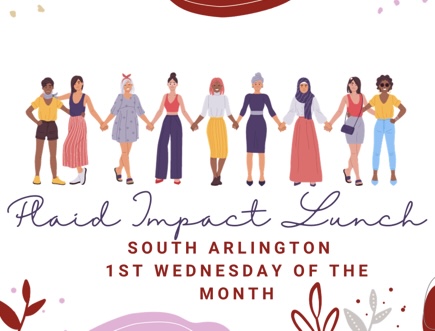I’d never met her before. Halfway through our coffee, we were sharing parts of our lives that typically stay hidden from the general public. A group of strangers around the table left saying, “I’ve never had a conversation like this before,” and “This is such an incredibly safe space.”
I’ve spent my adult life creating spaces for people to truly connect—with themselves, with others, and with something deeper. Yet, we often find ourselves “connected” online, scrolling through social media, responding with emojis, without experiencing the depth of connection where we feel seen, heard, and valued.
Vulnerability
Why is this? It’s partly because we haven’t learned how. It’s partly because we’re too busy, our schedules crammed full to make ourselves feel worthy. It’s partly because we doubt it’s even possible. But mostly, it’s because vulnerability is terrifying.
Vulnerability involves uncertainty, risk, and emotional exposure—none of which are anyone’s daily goal. Yet, as Brené Brown tells us, vulnerability is the birthplace of connection, the path to feeling worthy. She also reveals that shame is the fear of disconnection, where vulnerability becomes the gateway to authentic connection.
Shame
When a counselor suggested I was carrying around shame, I resisted. I had grown up in a supportive home, so where could shame have entered? As I reflected, I realized that growing up feeling different—less frilly, more outdoorsy, less conforming—had quietly instilled a sense of not being the “right” kind of female. This comparison, born before kindergarten, fostered a small but persistent doubt within me. This pocket of shame erupted later in life, whispering that I was wrong, that I couldn’t, that I wasn’t enough.
Brené Brown teaches that “shame derives its power from being unspeakable.” The act of recognizing our shame is the first step towards diminishing its power. By articulating it, telling its story, we can weaken its hold on us, fundamentally altering how we live, love, and lead.
Shame, like the neighbor’s cat that crouches low to blend into the grass, keeps us small and hidden, pretending to protect us. To combat shame, first, share your story in a safe space with someone empathetic, courageous, and vulnerable. Next, monitor your self-talk—speak to yourself as you would to a dear friend or a beloved child. Lastly, resist societal norms that do not serve you, such as gender expectations or roles that foster guilt and inadequacy.
Embrace Vulnerability
I realized over time that I wasn’t living and leading from my true self; I was constrained by shame. Brown says, “If we’re going to find our way back to each other, vulnerability is the path and courage is the light.” Embrace who you are—your passions, preferences, personality, abilities. The world needs what you uniquely offer. Choose to let go of the shame and step into your uniquely crafted design, embracing vulnerability as the key to genuine connection.
Connect with Michele on LinkedIn or read more of her articles on Plaid.












